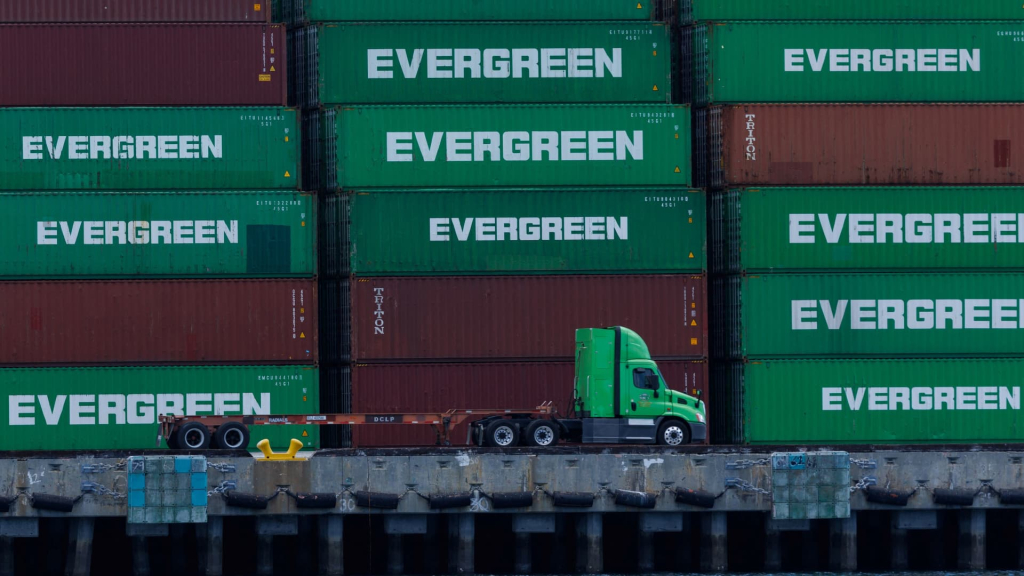Retail executives are expressing growing confidence in the newly labeled “TACO trade.” This optimism emerges following several weeks marked by evolving trade policies, preliminary agreements, and ongoing legal disputes regarding tariffs.
A recent survey conducted by the consulting firm AlixPartners, which gathered insights from various retail and consumer brand executives on June 1, indicated that many respondents believe President Donald Trump may reverse the imposition of hefty tariffs on the European Union, Vietnam, India, and Mexico once a 90-day pause concludes in July. Although Mexico is not currently subject to Trump’s reciprocal tariffs, it has encountered new levies from the administration, which respondents anticipate will remain unchanged.
The tariffs affecting imports from those nations and numerous others are set at 10%, as the Trump administration continues to negotiate trade agreements with individual countries. A majority of those surveyed predict that these 10% tariffs will persist following the negotiations, rather than reverting to the significantly higher rates imposed on April 2.
For instance, over half of the retail executives, specifically 53%, believe that tariffs on imports from Vietnam will stabilize at the 10% rate post-delay, instead of escalating to the daunting 46% “reciprocal” tariff that could severely impact companies like Nike, which sources a substantial portion of its products from Vietnam.
For many retailers, Vietnam has emerged as a significant alternative manufacturing hub outside of China. The ongoing negotiations between the Southeast Asian nation and Washington have been closely monitored and have caused considerable concern among executives in recent months.
In the aftermath of Trump’s announcement and subsequent reduction of steep “reciprocal” tariffs, many industry leaders expressed worry that the rates might exceed 10%, as stated by Sonia Lapinsky, a partner and managing director at AlixPartners, who has engaged in discussions with retail executives.
However, as June approached, the survey’s findings indicated a notable change in sentiment.
Notably, the United States and China commenced formal negotiations. Additionally, just prior to the survey, the U.S. Court of International Trade ruled against Trump’s authority to impose the April 2 tariffs. Although this ruling is currently held in abeyance pending an appeal by the Trump administration, it has prompted retailers to consider the possibility of the tariffs being eliminated entirely.
Lapinsky remarked, “[Trump] is demonstrating a commitment to striking a deal, which took considerable effort to initiate. It’s worth noting the challenges both sides faced in arranging a meeting, yet they managed to make progress.” She added, “The fact that some initial resistance has since been rolled back regarding the tariffs could instill confidence that such outcomes could recur.”
Following the survey period, Trump reached a preliminary agreement with China to uphold a new 30% tariff on imports, having adjusted a previously set 145% duty.
This development further reassures retail executives that tariffs on other countries may stay capped at 10%, reflecting their alignment with the concept of the “TACO trade”—a term introduced by a Financial Times columnist, which suggests that Trump often backs down from initially declared high tariffs.
When questioned about this term last month, Trump clarified that the actions taken are part of strategic negotiations rather than signs of retreat.
Despite the refreshed optimism among retailers, Lapinsky warned that such feelings might be premature.
She noted, “We might see China reverting to a status quo due to extensive discussions about the ongoing negotiations and both nations’ priorities. Yet, other countries lack the same negotiating power as China.”
“Whether these countries will secure comparable agreements remains uncertain,” she added. “I wouldn’t have expected this many retailers to predict a maintenance of the status quo.”
While the majority of respondents foresee the 10% tariff enduring in regions outside of China, responsible businesses are preparing for various scenarios, Lapinsky noted. For example, 46% of survey participants anticipate that tariffs on imports from India will stay at 10%, rather than the proposed 26% levy. However, 29% of those surveyed are making contingency plans for either scenario, should the duties remain unchanged or increase.


























